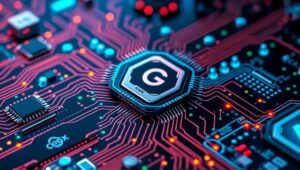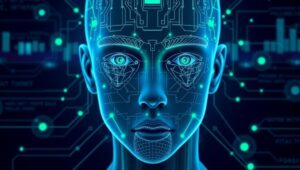May 23, 2025
The Hardware Requirements for AGI: What Will It Take? (2030 Projections)
The Hardware Requirements for AGI: What Will It Take? (2030 Projections) Artificial General Intelligence (AGI), a hypothetical level of AI that can perform any intellectual task that a human being can, remains a significant long-term goal for many researchers and developers. While advancements in algorithms and software are crucial, the hardware underpinning AGI will ultimately determine its capabilities and limitations. This post delves into the projected hardware requirements for achieving AGI by 2030, considering current trends and potential breakthroughs. Understanding the Computational Demands of AGI AGI, by definition, requires immense computational power. The human brain, often used as a benchmark,












